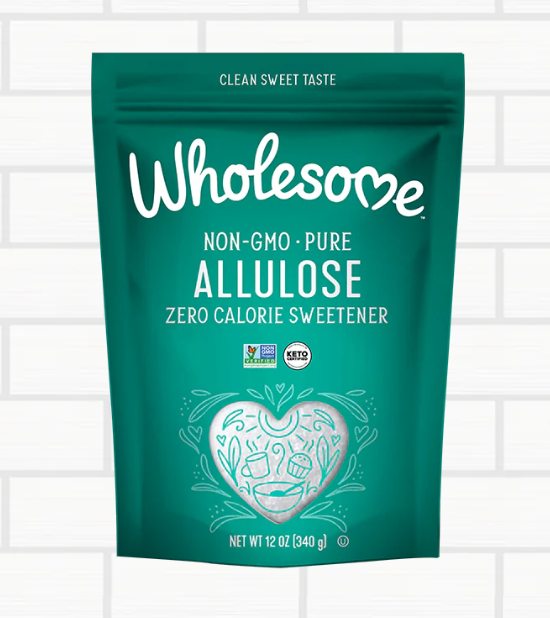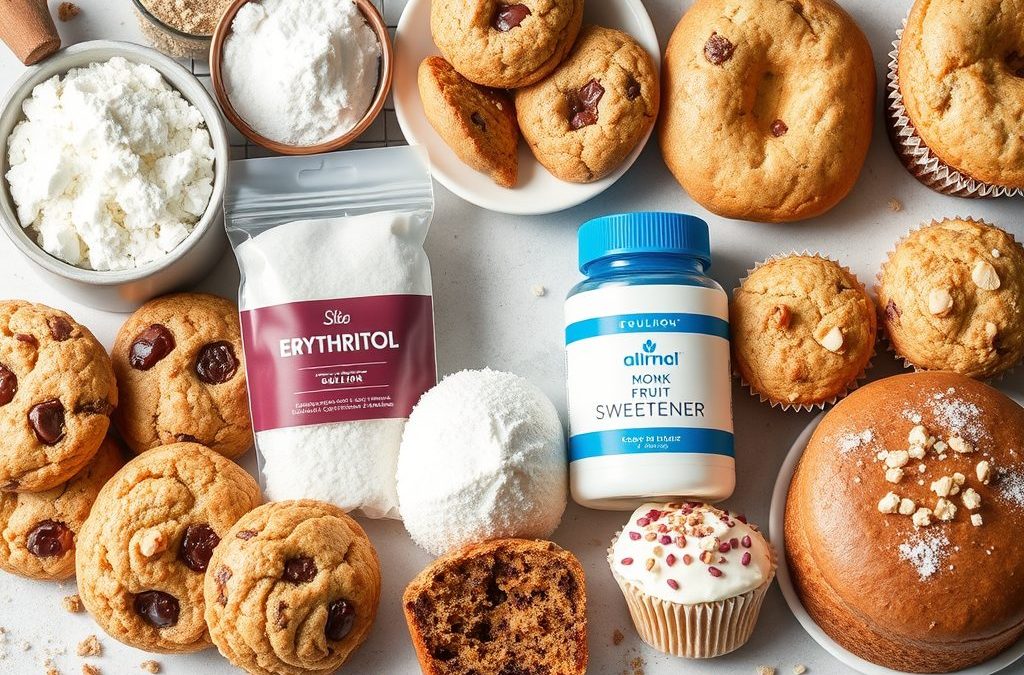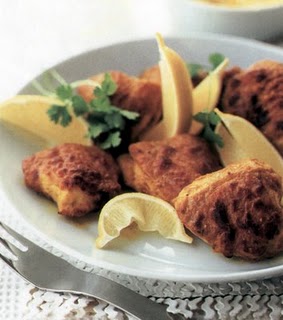Baking doesn’t have to mean a sugar overload. As more people adopt healthier eating habits, smart sugar substitutes have become essential for those who want to enjoy sweet treats without compromising their health. Whether you’re counting points on Weight Watchers, managing diabetes, or following a low-carb or keto diet, there are sugar alternatives that perform well in baking, offering taste, texture, and fewer calories. With the right knowledge, it’s easy to swap out refined sugar and still enjoy delicious cookies, cakes, muffins, and more.
What Makes a Sugar Substitute “Smart”?
A “smart” sugar substitute is more than just low in calories. It balances three key traits:
- Low glycemic impact (doesn’t spike blood sugar)
- Minimal calories or carbs
- Performs well in baked goods, especially in texture and sweetness
Many sweeteners work well in beverages but fail when baked. A truly smart substitute mimics sugar’s structure, helping maintain moisture, browning, and volume. It must withstand heat, support proper leavening, and avoid unpleasant aftertastes that can ruin a dessert.
Ease of use also matters. For home bakers, a 1:1 sugar replacement makes substitutes more accessible and practical.
Top Smart Sugar Substitutes for Baking
1. Erythritol (e.g., Swerve)
- Sweetness: ~70% as sweet as sugar
- Calories: ~0.2 kcal/g
- Glycemic Index: 0
- Pros: Mimics sugar well in bulk and texture; excellent for cookies, muffins, and cakes
- Cons: Can cause a cooling aftertaste and crystallize in frostings; may cause digestive discomfort in some people
- Use: 1:1 replacement for sugar
Erythritol is a sugar alcohol naturally found in fruits. It’s widely used in low-carb and keto baking because it doesn’t raise blood sugar and is nearly calorie-free. Brands like Swerve blend erythritol with oligosaccharides to enhance sweetness and improve baking performance.
2. Monk Fruit Sweetener (e.g., Lakanto)
- Sweetness: 150–250x sweeter than sugar (pure extract); blends match sugar 1:1
- Calories: Zero
- Glycemic Index: 0
- Pros: Natural, no aftertaste, keto- and WW-friendly
- Cons: Pure monk fruit is too concentrated for baking; it must be used as a blend
- Use: 1:1 with blended versions
Monk fruit extract comes from a small melon-like fruit native to southern China. It contains mogrosides—natural compounds that are hundreds of times sweeter than sugar. Blended products, such as those from Lakanto, provide a well-balanced, sugar-like experience for baking.
3. Allulose
- Sweetness: ~70% of sugar
- Calories: ~0.2–0.4 kcal/g
- Glycemic Index: Nearly 0
- Pros: Caramelizes and browns like sugar; creates soft, moist textures; very low glycemic impact
- Cons: More expensive and newer to the market; may cause mild digestive discomfort in larger amounts
- Use: Slightly more than sugar (about 1.3x for equal sweetness)
Allulose is a rare sugar found in small quantities in fruits like figs and raisins. It behaves similarly to table sugar in baking, especially in browning and melting. It’s ideal for caramel sauces, chewy cookies, and rich cakes.
4. Stevia Blends
- Sweetness: 200–400x sweeter than sugar (varies by purity)
- Calories: Zero
- Glycemic Index: 0
- Pros: Plant-based, extremely low calorie
- Cons: Bitter or licorice-like aftertaste; pure extract is too strong for baking; blends may crystallize
- Use: Use baking-specific blends; follow package directions
Stevia is derived from the Stevia rebaudiana plant and is widely used in beverages. In baking, it’s best used in blends—often with erythritol—to moderate sweetness and maintain bulk.
5. Xylitol
- Sweetness: Equal to sugar
- Calories: 2.4–3 kcal/g
- Glycemic Index: ~7
- Pros: Tastes and bakes like sugar; retains moisture well
- Cons: Highly toxic to pets; may cause digestive upset in some people
- Use: 1:1 sugar replacement
Xylitol is another sugar alcohol with excellent texture and sweetness. It works beautifully in muffins and moist baked goods, but should be avoided in households with pets.

Choosing the Right Substitute
The best sugar substitute for your needs depends on health goals, taste preferences, and the type of recipe.
| Substitute | Best For | Notes |
|---|---|---|
| Erythritol | Cookies, quick breads | Can be grainy; avoid overbaking |
| Monk Fruit | Cakes, muffins, frostings | Use blended products |
| Allulose | Brownies, caramel sauces | Excellent texture; browns like real sugar |
| Stevia | Beverages, light baking | Requires a blend for baking |
| Xylitol | Moist cakes, muffins | Retains moisture; toxic to pets |
Blending sugar with substitutes can balance texture and taste while reducing total sugar. Use recipes specifically designed for your chosen substitute when starting out.
Conversion Tips and Tricks
- Measure carefully: Some substitutes are less sweet and need more volume
- Check texture: Sugar alcohols can dry out batters
- Use blends: Formulated for structure and sweetness
- Expect differences: Slight texture or flavor variations are normal
- Adjust moisture: Add applesauce, yogurt, or extra fat if needed
- Taste test: Many batters are safe to sample for sweetness
- Mix methods: Partial sugar + substitute often gives ideal results
Popular Brands to Try
- Swerve – Erythritol-based
- Lakanto – Monk Fruit + Erythritol
- Wholesome – Allulose and blends
- Whole Earth – Stevia & Monk Fruit
- NOW Foods – Xylitol and Erythritol
- All-U-Lose – Pure Allulose
Brands vary in texture and sweetness, so experimentation is key. Most sugar substitutes cost more than traditional sugar, but blending or using smaller amounts can keep baking budget-friendly.
Smart Sugar FAQs
Q: Are these substitutes safe for kids?
Yes, in moderation. Sugar alcohols may cause bloating or gas in larger quantities.
Q: Do they affect baking time?
Usually not, but check early. Allulose may brown more quickly; stevia may not brown at all.
Q: Can I mix sweeteners?
Yes. Combining substitutes often improves taste and texture.
Q: Why does my frosting get gritty?
Erythritol tends to crystallize when cool. Use powdered versions or blend with allulose.
Q: What about sucralose or aspartame?
These artificial sweeteners are common in beverages but are not ideal for baking due to poor heat stability or flavor.
Final Thoughts
Smart sugar substitutes open the door to healthier baking without sacrificing flavor or satisfaction. By choosing the right sweetener for your recipe and dietary needs, you can enjoy delicious treats while cutting sugar. Whether you’re whipping up fluffy muffins, chewy cookies, or decadent cakes, there’s a smart substitute to help you bake better.
Start with trusted recipes and build from there. With a little experimentation and the right ingredients, baking smart can be just as sweet.
© 2025 by fewercalories.com. All rights reserved. No part of this document may be reproduced or transmitted in any form or by any means, electronic, mechanical, photocopying, recording, or otherwise, without the prior written permission of fewercalories.com.





